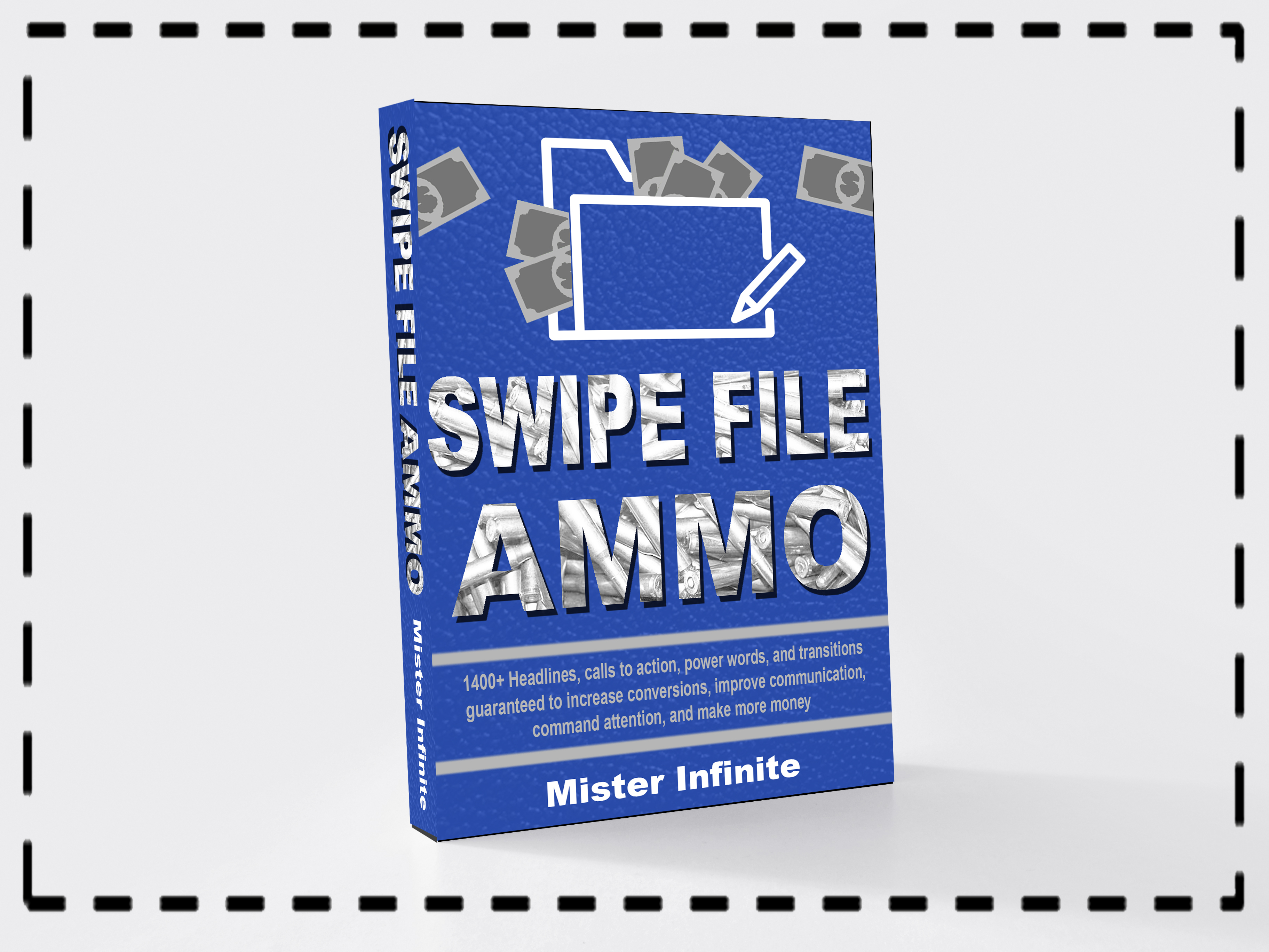Copywriting is a critical skill for any marketer or communicator, pivotal in influencing how a brand communicates with potential customers.
It’s more than just writing – it’s about strategically shaping words to create a compelling narrative that guides the reader through a predetermined journey.
This journey is designed to:
- Capture attention
- Stir interest
- Evoke desire
- And prompt action.
Below, we’ll explore the foundational aspects of effective copywriting that can transform your content from static text to a dynamic conversation with your audience.
1. Headline / Hook is 80% Of It
First impressions are lasting, and in copywriting, your headline is the first – and possibly the only – chance to make an impression.
This is why the headline = 80% of the work in copywriting.
A powerful headline acts as a gatekeeper, determining whether the rest of the content will even be read.
It needs to:
- Be captivating
- Promise something of value
- Spark curiosity
- Or address a specific need or problem.
The success of your entire piece hinges on these few words, making the crafting of your headline a pivotal task.
2. The AIDA Formula: A Timeless Blueprint
The AIDA model:
- Attention
- Interest
- Desire
- Action
serves as the backbone of effective copywriting.
This formula guides the reader through four psychological stages:
- Attention: Grab the reader’s attention with a headline that stops them in their tracks.
- Interest: Keep them interested by providing more details about the headline. This could include surprising facts, intriguing statistics, or a brief story that aligns with their worldview or challenges it.
- Desire: Create a desire by demonstrating the benefits of the product or service, not just its features. Help the reader imagine a better future as a result of using what you’re offering.
- Action: Finally, incite action. Be clear about what steps the reader should take next – whether it’s buying a product, signing up for a newsletter, or clicking on a link.
3. It’s About Subtext, Not Just Text
Effective copywriting conveys much more through its subtext than the overt words can ever say.
The subtext should tap into the underlying:
- Feelings
- Needs
- And desires of the audience.
It’s about what isn’t said outright but is implied through:
- Tone
- Choice of words
- And the flow of information.
Good copywriters know how to use subtext to subtly influence the reader’s thoughts and emotions, guiding them towards making a decision almost instinctively.
4. Create a Frictionless Reading Experience
Your copy should lead readers effortlessly from the beginning to the end, like sliding down a smooth, well-lubricated slide.
Each word and sentence should flow into the next without any bumps or stops.
It should read at a 4th grade level.
Complicated words ruin the flow.
This seamless progression keeps the reader engaged and moving forward, building momentum until the call to action.
5. Offer Incentives: The “Why”
This is the question your copy must answer convincingly.
Every sentence should give an incentive to read the next line.
The incentive should be:
- Clear
- Compelling
- And directly linked to the reader’s aspirations, fears, or needs.
Whether it’s:
- Solving a problem
- Providing exclusive knowledge
- Or offering a faster way to success
your copy must make the benefit tangible and desirable.
6. Address and Overcome Objections
Every potential customer carries a set of objections that could prevent them from taking action.
Effective copy preemptively addresses these objections, providing reassurances and solutions.
Whether it’s:
- Skepticism about the product’s effectiveness
- Concerns about price
- Or ambiguity in usage
good copy dismantles these barriers and builds trust, making the call to action a logical next step.
7. Use The Power of Storytelling
Stories connect on an emotional level.
By wrapping your message within a story, you make your copy relatable and memorable.
Stories can illustrate problems and solutions in a way that factual data cannot, making abstract concepts concrete and personal.
Use narratives to:
- Bring your product to life
- Show real-world applications
- Or depict a transformation that your product or service enabled.
8. Proof Must Exceed Claims
In a world saturated with marketing messages, claims alone won’t suffice – proof will.
Your copy should include tangible proof to substantiate every claim you make.
This can be through:
- Customer testimonials
- Media mentions
- Data points
- Case studies
- Or endorsements by authority figures.
Proof builds credibility and trust, reinforcing the reader’s decision to act.
You must have 7 proofs per claim.
9. Dimensionalize Proof: Make It Tangible
To make your proof even more persuasive, you should dimensionalize it by presenting it in various forms.
Use:
- Metaphors
- Similes
- And analogies
to paint vivid pictures in the reader’s mind, making abstract benefits concrete and real.
This method turns flat descriptions into rich, multi-dimensional imagery that readers can relate to and understand at a deeper level.
Conclusion
Mastering the basics of copywriting is essential for anyone looking to:
- Influence
- Persuade
- And convert their audience through written content.
By:
- Crafting compelling headlines
- Following the AIDA structure
- Focusing on subtext
- Ensuring smooth readability
- Providing clear incentives
- Addressing objections
- Incorporating stories
- Presenting solid proof
- And dimensionalizing that proof
your copy can achieve remarkable effectiveness.
With these tools, your writing will not only capture attention but also drive action, fulfilling both strategic objectives and creative aspirations.
Interested in learning more?
Check out “Swipe File Ammo“.
It’s full of 1400+ headlines, calls to action, power words, and transitions to help increase conversions, improve communication, command attention, and make more money.
You May Also Like:
How to Make Your Copy So Addictive That People Can't Stop Reading
Ethos, Pathos, Logos: The Rhetorical Triangle of Aristotle
What Everybody Ought To Know - About Making A Swipe File
Crafting Winning Angles: The Secret to Effective Marketing
Unlock the Secret Copywriting Formula: How the Right Words Can Instantly Connect Markets, Ideas, and...
The Architecture of Sales: Building Conviction Through Structured Communication
Exposed! The Secret Million-Dollar Skill You’re Missing - And It’s NOT What You Think
Robert DeNiro: Profitable and Timeless Communication Principles
My name is Mister Infinite. I've written 600+ articles for people who want more out of life. Within this website you will find the motivation and action steps to live a better lifestyle.


